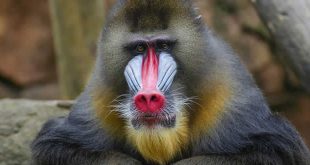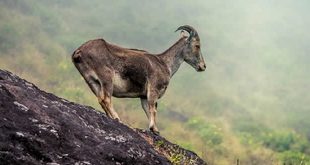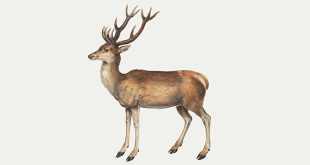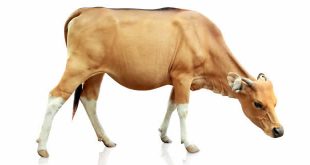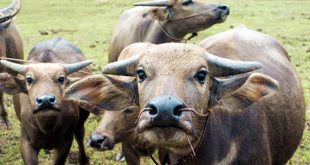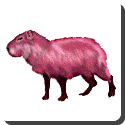 Capybara — Capybara (Hydrochoerus hydrochaeris, also known as capibara, chigüiro and carpincho in Spanish, and capivara in Portuguese) is the largest living rodent in the world. It is related to agouti, chinchillas, coyphillas, and guinea pigs. Its common name, derived from Kapiyva in the Guarani language, means “master of the grasses” while its scientific name, hydrochaeris, is Greek for “water hog”.
Capybara — Capybara (Hydrochoerus hydrochaeris, also known as capibara, chigüiro and carpincho in Spanish, and capivara in Portuguese) is the largest living rodent in the world. It is related to agouti, chinchillas, coyphillas, and guinea pigs. Its common name, derived from Kapiyva in the Guarani language, means “master of the grasses” while its scientific name, hydrochaeris, is Greek for “water hog”.
Capybaras have heavy, barrel-shaped bodies and short heads with reddish-brown fur on the upper part of their body that turns yellowish-brown underneath. Adult capybaras may grow to 130 centimetres (4.3 ft) and 50 centimetres (1.6 ft) tall, weighing up to 65 kg (140 lbs). Capybaras have slightly webbed feet and no tail; their back legs are slightly longer than their front legs and their muzzles are blunt with eyes, nostrils, and ears on top of their head. Capybaras have 20 teeth. Females are slightly heavier than males.
Though now extinct, there once existed larger capybaras that were eight times the size of modern capybaras (these rodents would have been larger than a grizzly bear). There is also a “lesser capybara”, Hydrochoerus isthmius.
Capybaras are social animals, usually found in groups, between 10 and 30 (though looser groups of up to 100 sometimes can be formed), controlled by a dominant male (who will have a prominent scent gland on his nose used for smearing his scent on the grasses in his territory.) They communicate through a combination of scent and sound, being very vocal animals with purrs and alarm barks, whistles and clicks, squeals and grunts.
Capybaras are excellent swimmers and can survive completely underwater for up to five minutes, an ability they will use to evade predators. If necessary, a Capybara can sleep underwater, keeping its nose just at the waterline.
During midday, as temperatures increase, Capybaras wallow in water to keep cool and then graze in late afternoons and early evenings. They sleep little, usually dozing off and on throughout the day and grazing into and through the night.
 Kids Portal For Parents India Kids Network
Kids Portal For Parents India Kids Network
